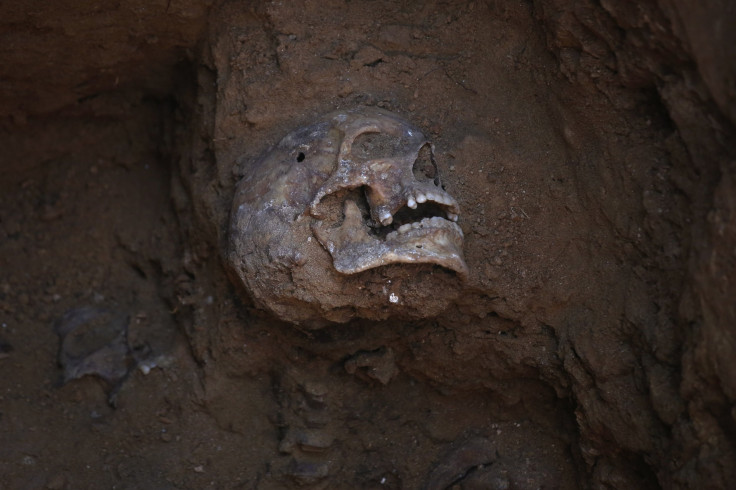From human evolution to teeth evolution; Scientists discover a strange but exciting link between the two

Ever wondered where we came from? A study on teeth evolution may have an answer. Human evolution has been debated for centuries and now a team of international researchers led by Alistair Evans, Monash University evolutionary biologist, are looking at human skulls in a rather different way. In fact, they are looking at teeth to find an answer to the origins of humans and their study has been published in the journal Nature.
Researchers have found out that evolution of teeth actually follows a pattern instead of being a random process, as was thought for a long time. The main rule is that the biggest teeth for australopiths are back molars or wisdom teeth. Australopiths are the first branch of the hominin tree from which humans evolved. The biggest tooth in humans is the front molar.
The newly-defined developmental pattern, “the inhibitory cascade,” defines how humans and other mammals grew their teeth. Teeth start developing in the embryo. Importantly, understanding the evolution of teeth has immense use in the fields of academics, cosmetics and medical treatments.
“It was always hard to see the forest for the trees because every fossil had to be looked at independently. But here we can see a general pattern and we can be sure that it's definitely the case,” said Evans.
The size and proportion of teeth is capable of revealing when men started to eat meat and also when use of tools and cooking began. These entire changes affect tooth size. The “inhibitory cascade” rule was established by the 11-member team of researchers who began looking at mouse tooth development before confirming pattern in humans.
They took hominin fossils to study tooth measurements and found out that the pattern existed. Next they tested the theory out on human and great ape data to examine if the pattern was evident.
“This gives us a starting point, as we can compare any new fossil with our expectations … and if we do find some exceptions or changes then we can say ‘well, something really interesting must be happening here,’” said Evans.





















